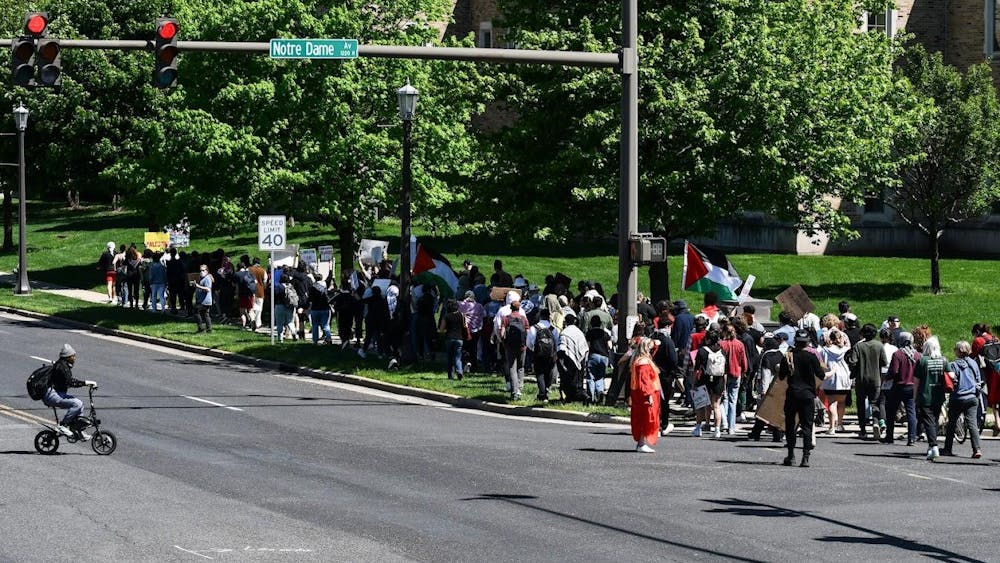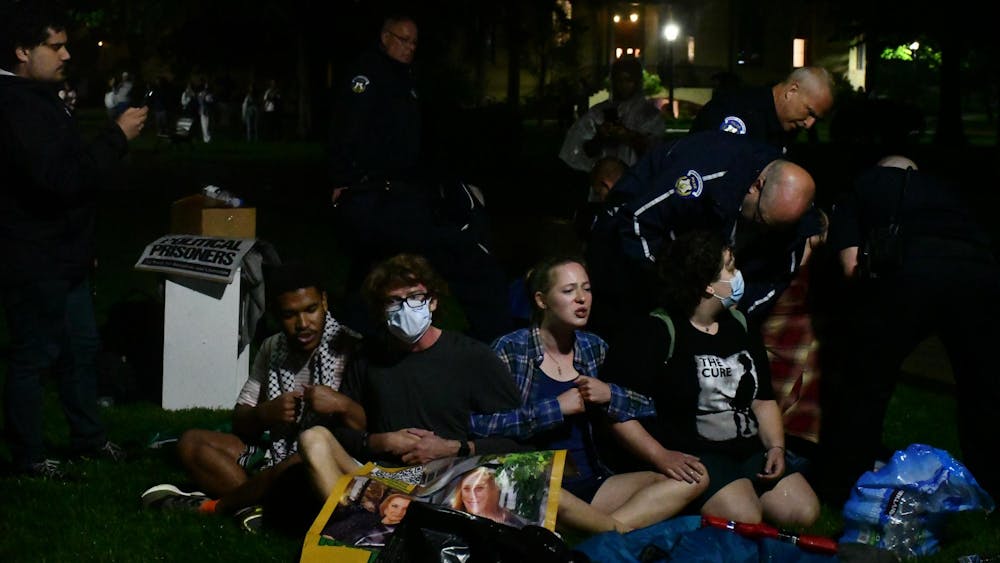Fausto Hernandez Trillo, professor of economics at Centro de Investigación y Docencia Económicas (CIDE), addressed the causes of anemic economic growth in Mexico in a lecture Tuesday sponsored by the Kellogg Institute. The talk, entitled “The Sluggish Mexican Economy: A Tale of Two Countries?”, focused on the history of the Mexican economy over the last half century and the causes of its struggles today.
From roughly 1950 to the 1970s, Mexico enjoyed a period of excellent growth with over 6 percent annual gross domestic product increases, Trillo said. After that, the 1980s became the “lost decade” and, according to Trillo, Mexico’s economy has never truly recovered or rekindled its dynamic growth since then.
“The three most important factors I look at are low economic growth, persistent poverty levels and high income inequality,” Trillo said.
He noted 20 percent or more of Mexico’s population is classified as extremely poor and that Mexico’s GINI index, a measure of income inequality, is around 0.5 in contrast to the USA’s 0.38. The closer the GINI index is to 1, the greater the inequality.
Trillo then broke down the components of GDP into three different categories: capital accumulation, human capital accumulation and total factor productivity (TFP), a variable that measures whether productivity is increasing or decreasing.
“TFP explains everything,” Trillo said as he pointed to a graph that shows TFP weakening as a percentage of GDP beginning in the 1970s and becoming worse over time.
Citing projections from 1995 that Mexico should have created roughly 20 million jobs by 2014, Trillo estimated a current “job deficit” of 12.6 million jobs, which has been aggravated by potential workers leaving Mexico to immigrate to the United States. Trillo concluded that Mexico suffers tremendously from a largely informal economy characterized by tax evasion and off-the-books work.
“The informal economy accounts for only 10 percent of GDP, but 70 percent of the economically active population works in it,” he said.
Trillo contrasted the straggling informal economy with Mexico’s modern formal economy that employs advanced technology, relies strongly on exporting, possesses significant credit access and composes the bulk of GDP. He attributes this divide to bad policy.
“Dual social policy contributes greatly to economic informality and the slow rate of growth,” Trillo said.
Trillo said he believes current policy encourages workers to opt out of the formal economy due to mandatory contributions to life, disability and work risk insurance in jobs in the formal sector.
“This generates resources misallocation, incentivizes informality and erodes the tax base,” Trillo said.
Trillo suggested social security policies should be more universal and no longer depend on jobs in order to curb the exodus of workers from the formal economy. In order to pay for this, Trillo said the government should consider the value-added tax (VAT).
“It is easier to collect, distorts labor and investment decisions less, is harder to legally avoid and is subject to less international competition than alternatives," he said.













